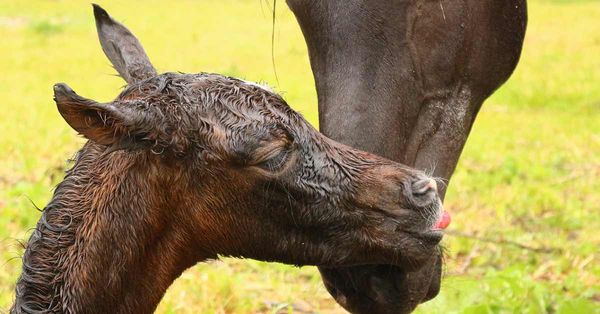
Equine
Q&A: Newborn Foals
A healthy foal nurses from its mother up to seven times an hour for 60 to 90 seconds each time.

Equine
A healthy foal nurses from its mother up to seven times an hour for 60 to 90 seconds each time.
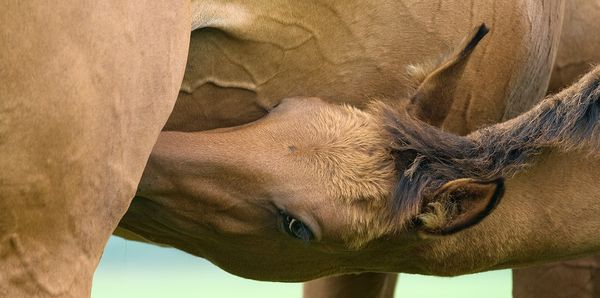
Equine
The lactating mare has the highest nutrient requirements of any horse on the farm. To produce milk and to repair the reproductive tract in preparation for future pregnancy, the mare requires substantial amounts of energy, protein, calcium and phosphorus. To maintain both adequate milk production and body condition, lactating mares
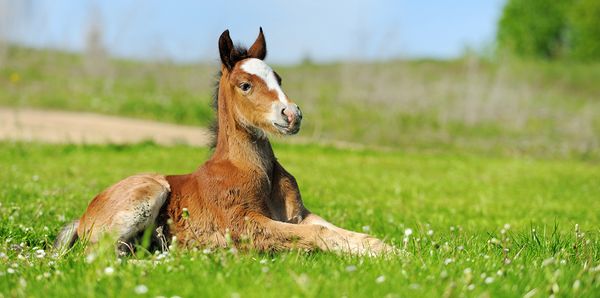
Equine
Few topics in equine nutrition stir more controversy than feeding the growing horse. Many factors add to the confusion of providing nutrition throughout these critical stages of life. For example, growing horses may have different commercial endpoints. Some will be shown in halter futurities where maximum growth and condition are
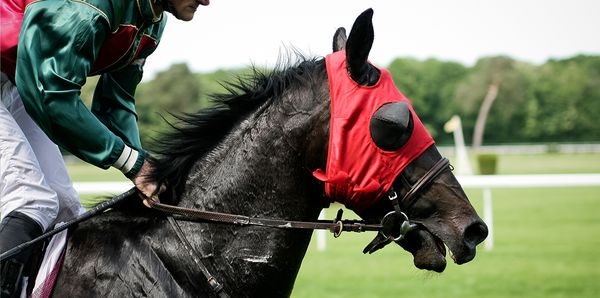
Equine
Advertisements for both human and animal health focus on the use of Omega-3 supplements, usually containing flaxseed meal, vegetable oil, or fish oil. Studies in humans have found many health benefits with supplementation of Omega-3 fatty acids in the diet. While research benefits for horses have not been as numerous,
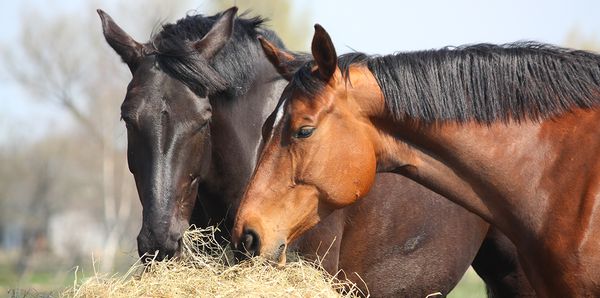
Equine
Forage (fiber) from pasture and/or hay is the predominant ingredient in the diet for most horses. The digestive system of a horse requires forage to function properly. Horses that have access to abundant pasture will satisfy their need for forage by grazing. Horses kept in stables, horses kept in
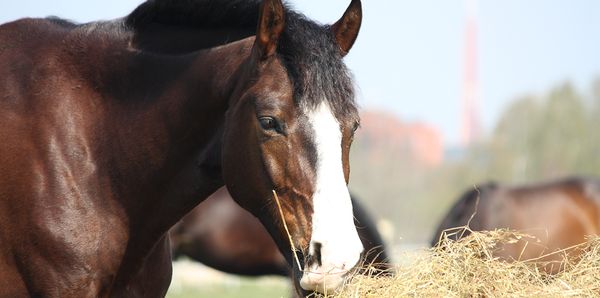
Equine
Q: Does hay lose its nutritional value while in storage? A: Hay begins to lose its nutritional value at the time of cutting and continues to lose nutrients both while drying in the field and while in storage. The nutrients most affected by harvesting and storing are vitamins. Conversely, the